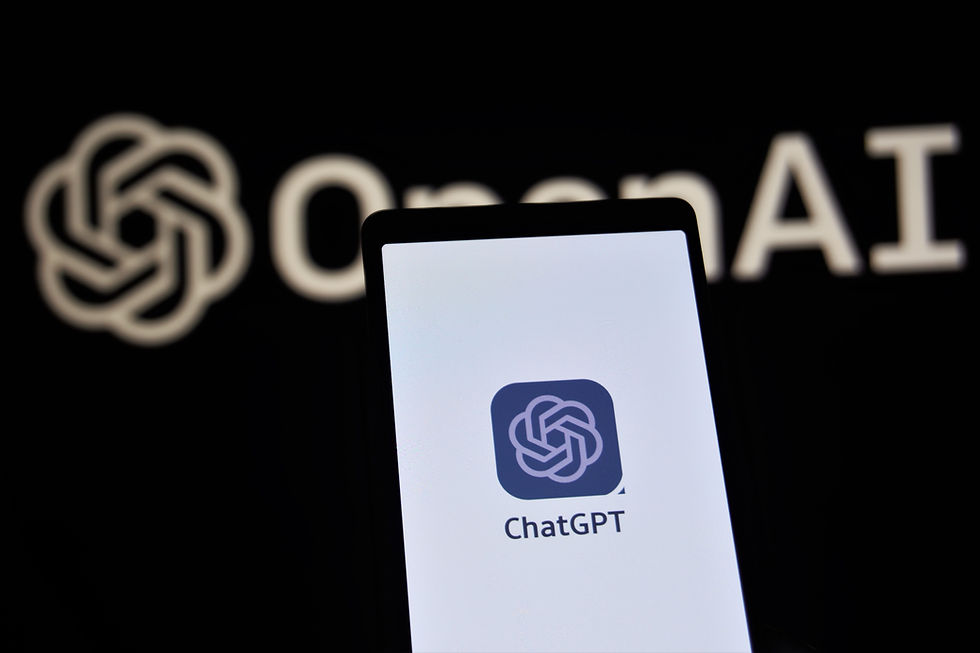You can read the full article or jump directly to the eLearning prototype.
ai in elearning: why?
With everyone in L&D discussing ways to leverage Generative AI, I wondered if it has the potential to address some of the most common pain points I see in digital learning:

limited feedback and coaching
As a best practice, you want eLearning courses to offer practice opportunities, but also to deliver targeted feedback to the learner's behaviour. I like feedback, but in practice this often results in a never-ending series of multiple-choice questions. Which typically look like this: one scenario statement or question, which you must answer by choosing one out of just three pre-defined options. And it can't be any more than three, because adding more options will confuse learners, resulting in a poor user experience.

Pre-defined feedback displays after you choose an option, telling you if it's correct or not and why. The approach does the job but is very limiting: there is no room for learners to use their creativity or to get custom feedback.
Instead of three choices, with AI you could have learners type in their response and have AI act as a real-time coach giving specific feedback. You could allow learners to create their own answer, and still offer them relevant feedback and coaching.
tailoring courses with learner data
In a typical interactive eLearning, as a learner I will answer a good few questions and scenarios. Depending on the package format and platform, the course might be capturing more or less from my inputs. But, with all those responses and data being generated, what is the course doing to enhance the experience based on my inputs? Besides keeping my score to validate if I passed or failed, why can't you use my data to give me tailored recommendations, adapt the next questions, etc?
In most cases where data is collected, there is a person at the back-end interpreting, which takes time: I may be done with the topic by the time you get back to me. But Generative AI could potentially use my answers in real time to customise the next parts in the course.

connecting to external content
Good eLearning helps you learn and develop new skills, but when I'm truly engaged in learning something I will keep at it on my own by searching online and taking courses from other platforms. Modern LXPs will cross-recommend courses within the same platform, but I'd love for digital learning platforms to account for learning beyond their own limits.
I'd love to finish a course knowing where I stand, what's my current level, and which other courses or content openly available I could use to continue my learning path. AI could help shortlist courses from other platforms to help me focus on the most useful learning pieces.
microlearning prototype
It all sounds great in theory, but will what would the real-life experience feel like? I decided to build a prototype integrating a custom-built website with OpenAI's API. Click below to experience the prototype.
Some features to note in the prototype are:
Your answers are put to work. The course saves your pre-assessment data and uses it to tailor the feedback you get in each activity.
Connected to OpenAI API. Every response you enter gets custom feedback through an API connection with OpenAI's generative engine.
Keep learning. You get custom course recommendations based on your inputs and assessment to make the course a starting point rather than a self-contained experience.
What are other limitations you would like to see eLearning courses overcome? Would you like to see a different kind of prototype? Let me know in the comments and don't forget to subscribe!
Comments